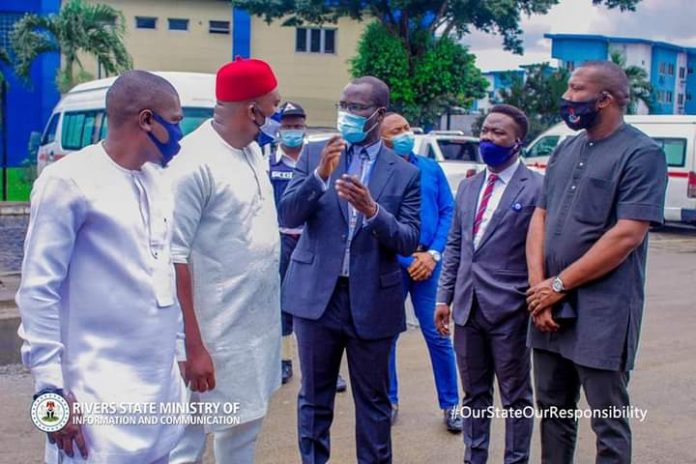The hospital which was established in 1925 as Braithwaite Memorial Hospital, named after Eldred Curwen Braithwaite, a British doctor and a pioneer of surgery, originally, served as a medical facility for senior civil servants. It later became a General Hospital and has since gained status as a “Specialist Health Institution.
A major turn around in the facility, occurred in 2018 upon the establishment of a Medical College at the Rivers State University, which in turn led to the upgrade of the Braithwaite Memorial Specialist Hospital to a teaching hospital renamed, Rivers State University Teaching Hospital.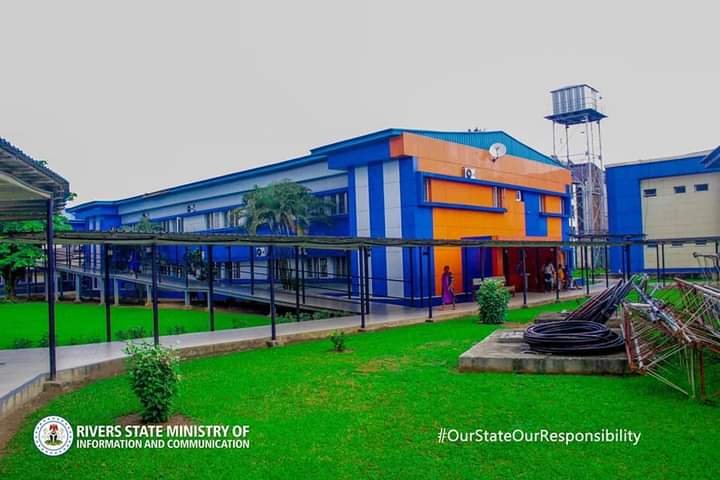
The Administration of Governor Nyesom Wike saw to the overhauling and upgrading of infrastructures at the hospital, with will over ten million dollars invested into the procurement of medical equipments.
Last week, I and my team was at the Rivers State University Teaching Hospital on a fact finding mission, so as to have a personal assessment on the facility. On ground to receive us, was the Chief Medical Director (CMD) of the Hospital, Dr. Friday Aaron.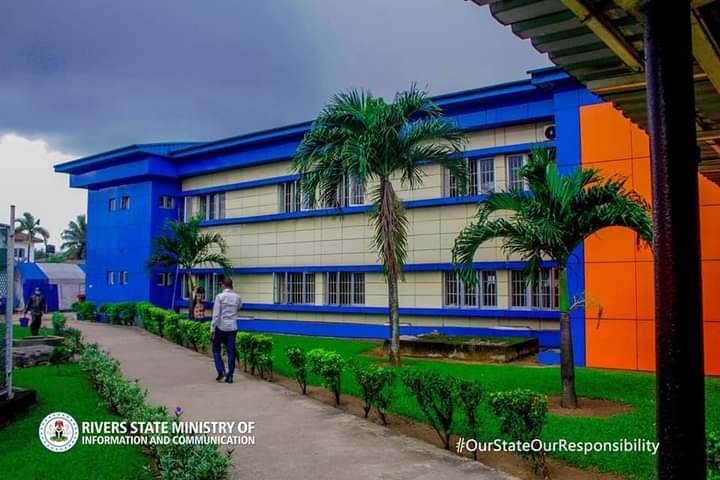
Dr. Aaron intimated us on the many great strides going on at the hospital and how the state government interventions is greatly impacting the Nation’s health sector.
The facility has 375 licensed beds and 731 medical staff members. It’s departments includes; Medicine, Paediatrics, Laboratories, Radiology, Family Medicine, Obstetrics & Gynaecology, Anaesthesia, Surgery, Pathology, Ophthalmology, Accident Centre and the Surgical/Medical Emergency.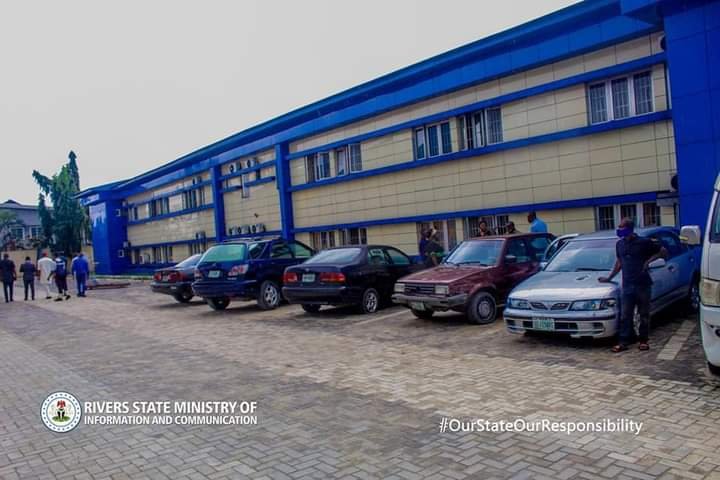
Apart from meeting the heath challenges of the public, the hospital also serve as training facility for medical students from the newly established Medical College at the Rivers State University, and also for nurses to become graduate nurses.
In addition to the current infrastructural development in the hospital by the State Government, more surrounding lands have been acquired, and contracts awarded for the further expansion of the Hospital. Also as an addition to the Doctors quarters that was built by this administration, construction works have begun for the construction of the Junior Doctors Quarters. All these are to ensure the comfortability of the personnel and close proximity to the hospital.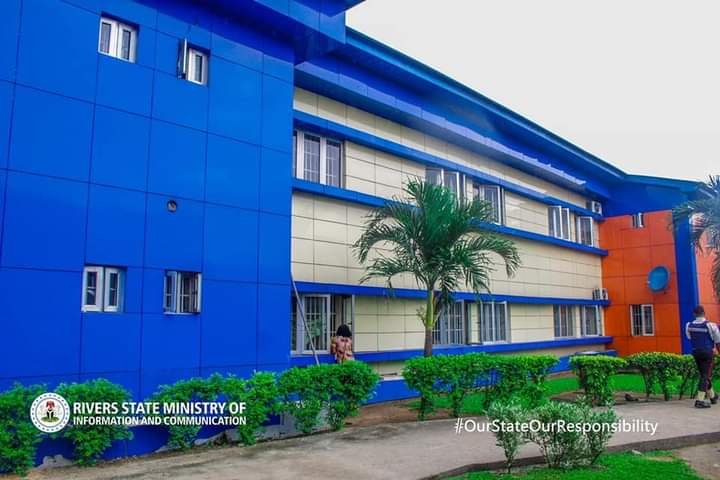
As part of the activities for our visit, we went on a tour around the facility, led by the Deputy CMD, Dr. Ali Ben Jumbo.
We visited the Radiology department, Obstetrics & Gynaecology department, Surgery department, the Accident Centre, the Surgical/Medical Emergency and other departments within the facility.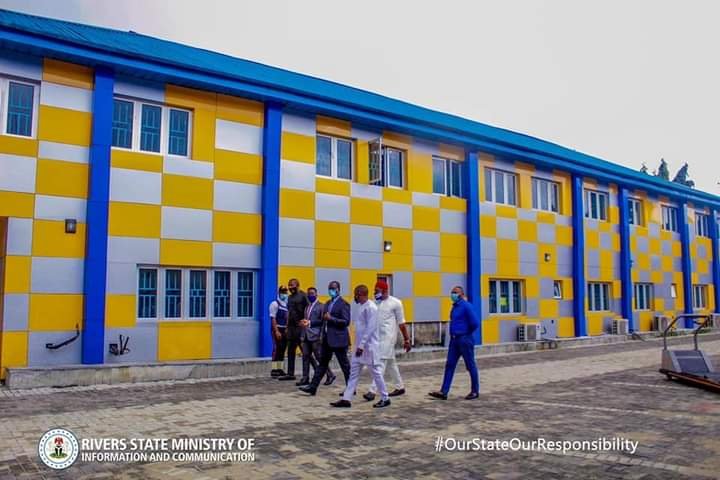
We also saw the water treatment plant, and a Gas plant that enables the hospital produce oxygen for its use., hereby making it self sustainable in that regards.
However, most fascinating for me was the Radiology Department.
It is equipped with the state of the art equipments, and rated the best within the Region, as it plays host to patients from different states in the country.
Out of curiosity, I asked the Head of Radiology Department, Dr. Rufus Abam, if the facility was not being overwhelmed, given the wide geographical area that their services covers. In response, he said; “With the amount of equipments we have here, and their various capacities, I can tell you that this facility is being underused. We can handle more than we are receiving right now”. He also went on to inform us that, that their Mammography section, offer the the most affordable Brest scans and check ups within the region, as the Rivers State Government subsidises cost on that, and that we should notify the public.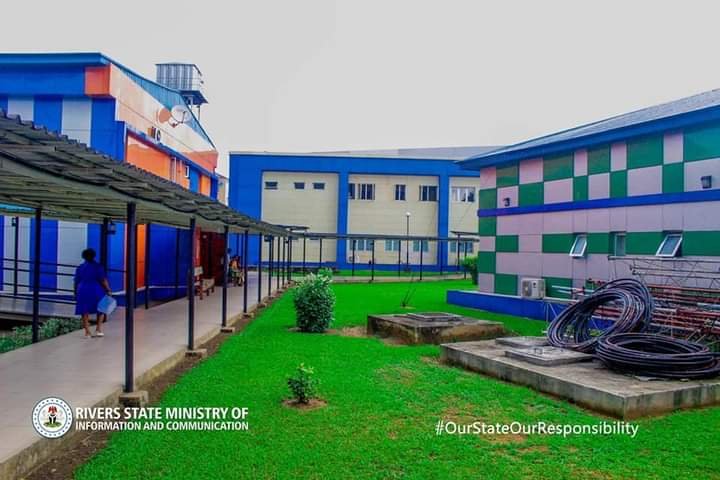
Another wonderful innovation we discovered at RSUTH, one which was unveiled to us by the CMD, was the e-Hospital portal.
Presently, through their website rsuth.ng, you can book for an appointment, make relevant payments, even without visiting the hospital. They also created an app for that too.
This innovation is geared towards making RSUTH a smart hospital. Presently, patients registration is being automated, as every patient now have their unique ID Number in the hospital’s data base. All activities at the hospital, including payments and financial summary can be monitored at the backend through the aid of the app.
With the aid of this mobile app, one can interact remotely and virtually with the hospital. It has an e-wallet system integrated with every patient’s ID number and portal where you can load funds, which can be used for payment of services. These funds is also transferable to other users, as you can now remotely transfer funds from your wallet, to that of a relative who needs medical attention.
With the introduction of Paperless consultation and family Medicine, the hospital inches closer to telemedicine.
As our rising population continues to grapple with increasing health challenges in a society with weak health care system, it is encouraging to see that the Rivers State Government is making efforts to ensure that people have increasing access to quality health care by not only building new health facilities (e.g the Mother and Child Hospital) but also upgrading and equipping existing health facilities in the case of the Rivers State University Teaching Hospital.

